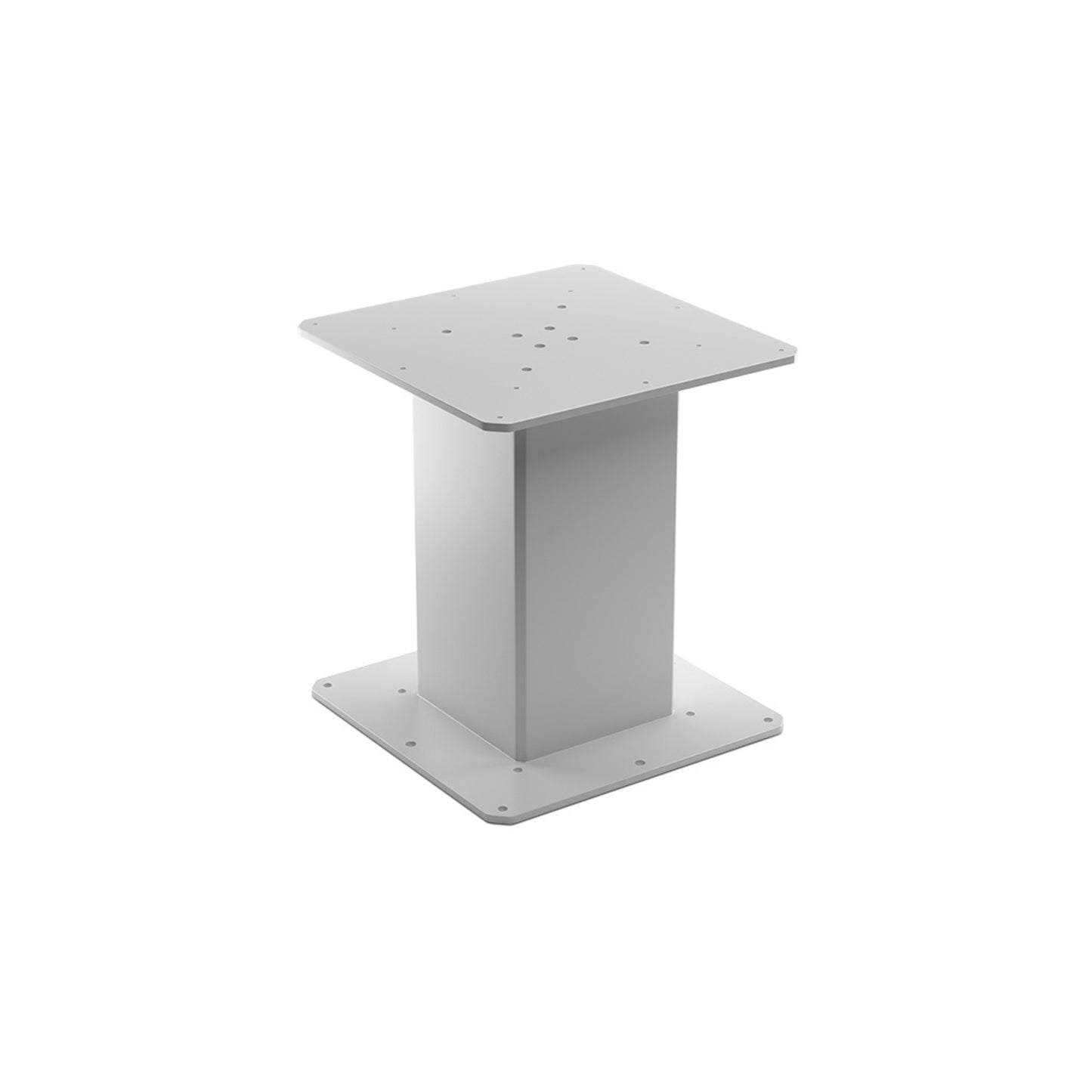




The FLT-11 Lifting Column Set is a one-leg lifting system. It comes with one lifting column, a power supply as well as wired and wireless remote control options for simple up/down motion control. This column is capable of producing up to 225 lbs of force and features a more compact design compared to our other lifting columns.
Check our infographic “Lifting Columns for Home & Office Automation with FLT-11”
The FLT-11 Lifting Column Set is a one-leg lifting system. It comes with one lifting column, a power supply as well as wired and wireless remote control options for simple up/down motion control. This column is capable of producing up to 225 lbs of force and features a more compact design compared to our other lifting columns.
Check our infographic “Lifting Columns for Home & Office Automation with FLT-11”
| Input Voltage | 120 VAC |
| Output Voltage | 24 VDC |
| Protection Class | IP51 |
| Stroke | 16.5" |
| Weight Capacity | 225lbs |
| Speed | 0.5"/sec |
| Frame Height | 12" - 28.5" |
| Duty Cycle | 10% |
| Collision Detection | Yes |
| Weight | 40.55 lbs |
| Warranty | 7 years |
Following a set of standards is crucial for businesses to ensure their products and services can meet a level of quality that promotes customer satisfaction. At Progressive Automations, we aim for nothing but the best for our customers and strive toward continual improvements. Because of this, we are excited to announce that Progressive Automations is now ISO 9001:2015 certified!
Quality You Can Trust – Learn More2D/3D models











